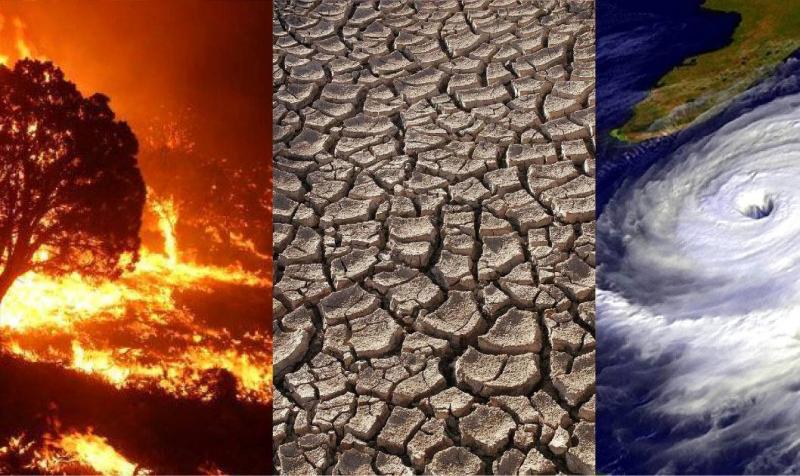Experts in climate science confirmed that the destructive hurricane waves and severe floods hitting several countries in Latin America are the result of the effects of two phenomena related to "climate change" and its consequences in the western hemisphere. This has led to human losses in some of these countries, significant material damage, and forced many people to flee their homes. In statements published by the website of the American magazine "The Progressive," experts noted that Latin America is among the regions of the world most significantly threatened by the impacts of climate change, as it experiences severe hurricanes due to rising temperatures, alongside widespread inequality that exacerbates the suffering of those affected by natural disasters such as floods and wildfires.
After extensive areas of this region, stretching from Mexico in the north to Argentina in the south, faced severe wildfires in recent months, this part of the world has now become prey to fierce hurricanes and extremely heavy rains, resulting in widespread flooding. According to experts, this year’s hurricane season coincided with Latin America's transition from the effects of the "El Niño" phenomenon to the influences of the "La Niña" phenomenon. These are two successive climatic phenomena that reflect what specialists describe as an "irregular oscillation in winds and temperatures in the eastern Pacific Ocean, near the equatorial regions."
While "El Niño" results in the movement of vast amounts of warm water in the equatorial ocean from east to west, potentially causing increased warming of the planet and extreme weather events, "La Niña" involves these warm waters moving in the opposite direction towards the east, accompanied by a significant drop in temperatures. The warming of the Atlantic Ocean and the Caribbean Sea has contributed to the increasing intensity of hurricanes in the western hemisphere, leading some to form earlier than usual and to reach violent levels previously unfamiliar, potentially making this hurricane season as ferocious as previous seasons known for destructive storms, such as that of 1933.
Experts warned that extreme climatic phenomena have become more common across Latin America amidst the record rise in temperatures currently observed, prompting the World Meteorological Organization of the United Nations to declare a state of alert due to severe heat waves recorded so far in 2024. Due to the effects of "La Niña," countries like Chile, Colombia, and Guatemala experienced a season of torrential rains, causing numerous floods, after having suffered from massive wildfires just a few months prior, largely related to "El Niño."
The succession of fires that broke out in February and the floods that occurred in June impacted millions of people, resulting in the deaths of dozens and forcing hundreds of thousands to flee, in addition to causing varying degrees of damage to thousands of homes. These natural disasters in countries like El Salvador and Guatemala also included landslides triggered by heavy rains, leading to widespread destruction of some highways and infrastructure facilities.




